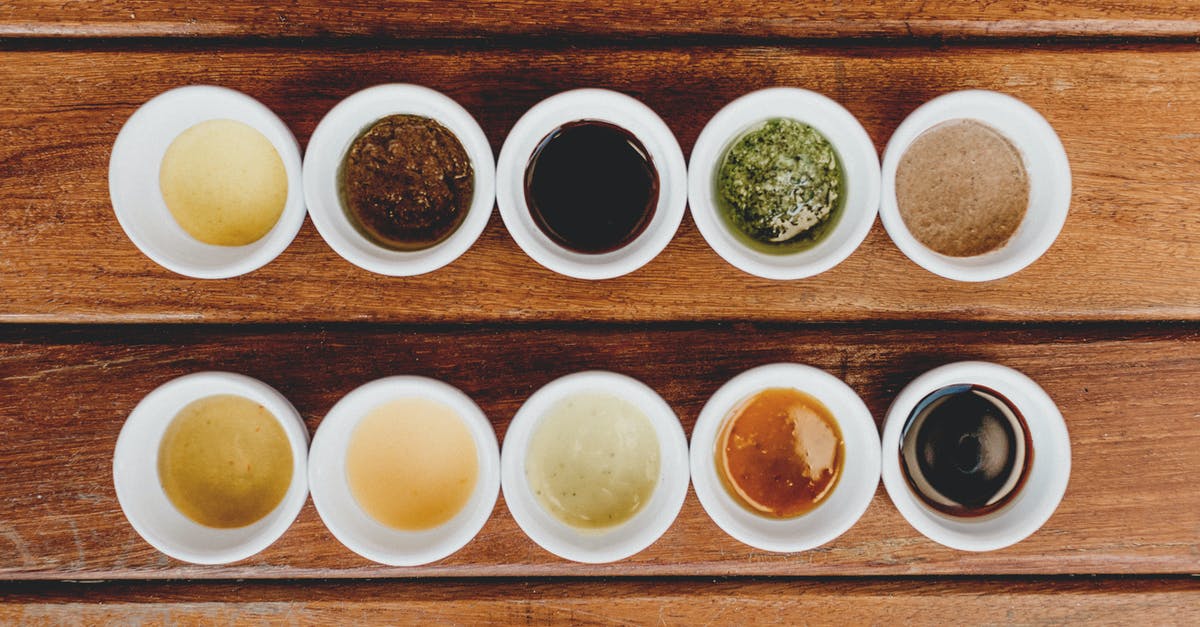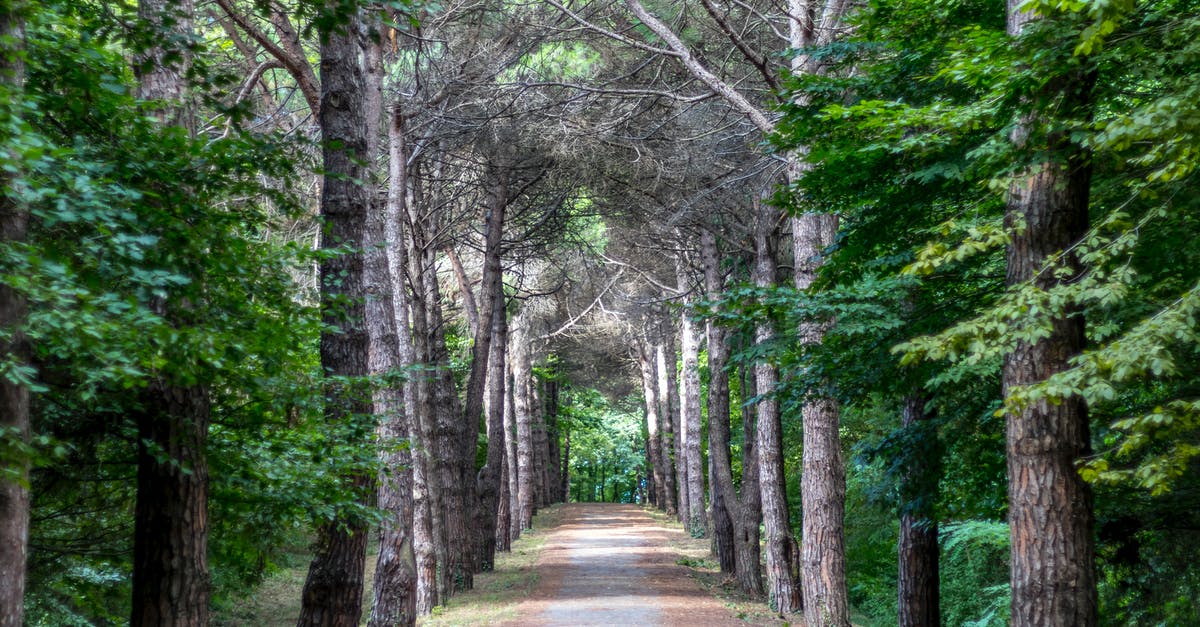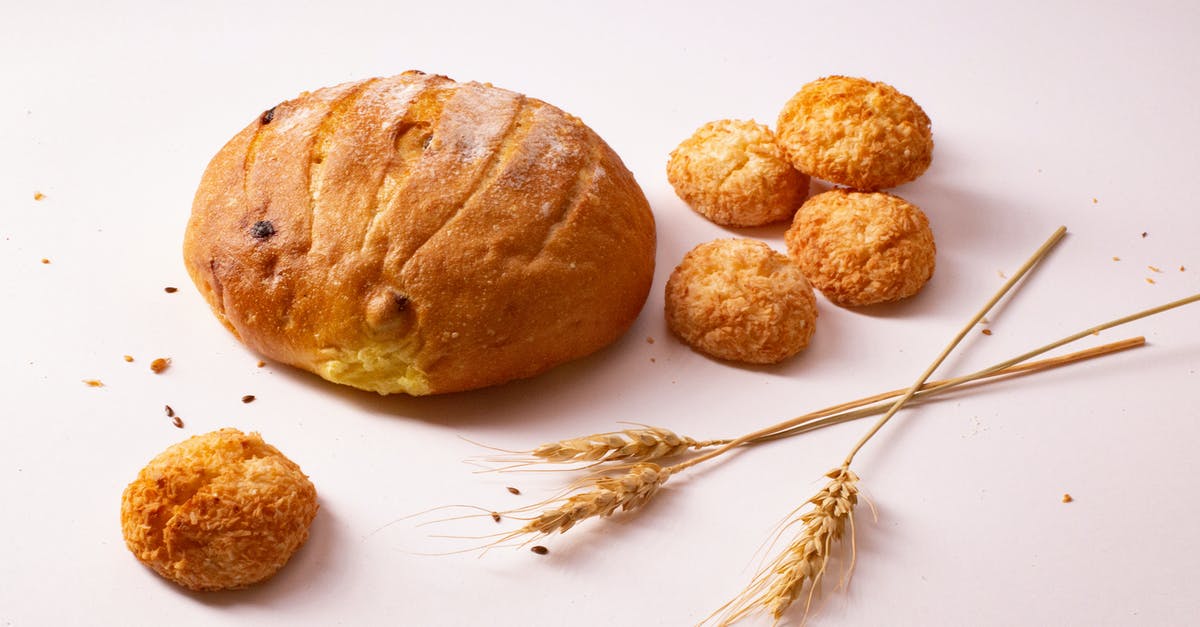Difference between types of yeast

While double checking a recipe I realized I might have used the wrong type of yeast. There is instant, active, liquid, dry and fresh yeast. What are the culinary differences between all the types of yeast?
Best Answer
Yeasts are pretty much interchangeable but have different fermentation qualities. Most recipes will specify the kind and amount of yeast. Adding more yeast than called for makes bakes rise a little faster and taste yeastier, and this appears to be a regional preference in the US and in some other countries, so amounts called for in recipes will vary.
Instant yeast is dry yeast that is as it suggests faster acting, for a faster rise. Good for pizza dough that doesn't need a long rise, for example. Also, the ratio of instant yeast to flour is around one-half percent, about half that of active yeast. (2.5g of instant vs. 5g active per 500g of flour). Instant yeast can be added dry to the flour and salt (which inhibits yeast, so it's good to place the salt opposite the yeast in the bowl) when combining the dry ingredients and does not require proofing in water. Typically you will add very warm (@ 100ºF/40ºC but no warmer than 120ºF/48ºC) water to a recipe using instant yeast.
Active dry yeast is typically granulated and takes longer to rise than instant yeast. The ratio of yeast to dough is 1% (thus 5g active yeast per 500g of flour) and the yeast should be proofed in lukewarm to warm (about 75-90ºF / 23-32ºC) water with about a tbsp. of granulated sugar to ensure it foams and is live. Active dry yeast is proofed then added to the dry ingredients. More complex flavors and texture can be obtained by slower rising so active yeast is good for many breads. Active dry is the yeast typically used by my mother for her homemade white bread and cinnamon rolls, and results in a mildly yeasty bake with a fairly tight crumb structure.
Live yeast is a more perishable yeast typically found in refrigerator sections of the grocery. Its ratio to flour is 2%, double that of active dry yeast (10g of live yeast per 500g of flour) and should also be proofed in warm water with sugar as with active dry yeast to ensure it is live, and added to the combined and mixed dry ingredients after proofing. It can spoil due to mold and lasts about 2 weeks in the fridge.
Wild yeasts include the sourdough starters, which contain both wild yeasts from the air and probiotics (good bacteria). These wild yeasts can create a complex flavor and texture and take longer to prepare. Sourdough starters must be continually fed (some bakers feed daily, others refrigerate starter and feed weekly or as used for recipes) and typically will take 4-6 hours to prepare a mature starter batch (sometimes called a "sponge", "poolish", or "levain") for a recipe. These starter batches are either mixed with all of the recipe's warm water then added to dry ingredients (except for salt) before autolyze (the period where the dry ingredients are mixed with water and left sitting to absorb the water and start developing gluten) or mixed with a little water and added along with the salt after the autolyze. Fermentation times for rustic or sourdough bread using wild yeasts are often extended by refrigeration of the dough for 12 to 24 hours during the rise, and the longer fermentation results in a typically more open crumb with large voids and varying amounts of sourdough flavor to the bread.
When in doubt, best results come from following the recipe when choosing the type of yeast. All yeast types can be used with varying amounts of different types of flour, and the dough working techniques and fermentation times will vary depending on the flour; typically whole grain-heavy recipes will take a longer time to develop gluten but will have deeper and "more rustic" flavor, and may need several hours longer to rise to achieve the desired texture and flavor.
Pictures about "Difference between types of yeast"



Quick Answer about "Difference between types of yeast"
Yeast comes in two forms: (1) Fresh Yeast (also called Compressed Cakes) and (2) Dry Yeast (also called Dehydrated Granules). Fresh yeast is soft and moist and is mainly used by professionals. It must be refrigerated or frozen, as it is highly perishable. Fresh yeast needs to be proofed before using.What are the 4 types of yeast?
How to Use The Four Types of Yeast- Active Dry Yeast. Active dry yeast is the most common type of yeast in stores, and you'll find that this yeast is ideal for most types of bread. ...
- Fresh Yeast. Fresh yeast is often ignored, but it's still a great source of yeast. ...
- Instant Yeast. ...
- Rapid Dry Yeast.
What are the different types of yeast?
When it comes to yeast, there are 5 basic types of yeast ...- Active Dry (Traditional) Yeast.
- Instant Yeast.
- Bread Machine/Pizza Yeast.
- Rapid Rise (or Quick Rising) Instant Yeast.
- Fresh Yeast.
What type of yeast is best for bread?
The best bread yeast is fresh compressed bakers yeast. It requires no activation and operates at cool temperatures well. It's not that popular in home baking though as it's hard to find in small quantities and has a short shelf life. For these reasons, instant yeast is the best yeast for most beginner bread bakers.What are the 3 types of yeasts?
There are three main types of commercially produced baker's yeast: active dry, instant, and fresh. All of them will work to leaven doughs in any given yeasted baking recipe, but each has slightly different properties, and, for the more discerning palate, varying flavors.What is the real difference between various types of yeast? Which one is best?
More answers regarding difference between types of yeast
Answer 2
There is instant, active, liquid, dry and fresh yeast. What are the culinary differences between all the types of yeast?
They're in different states of activity, and thus require different types of preparation and amounts of time before they're able to do they're yeasty thing.
Therefore, using dry yeast where active yeast is required will result in incomplete fermentation.
Sources: Stack Exchange - This article follows the attribution requirements of Stack Exchange and is licensed under CC BY-SA 3.0.
Images: Jonathan Borba, Ron Lach, Zafer Erdoğan, Mariana Kurnyk
